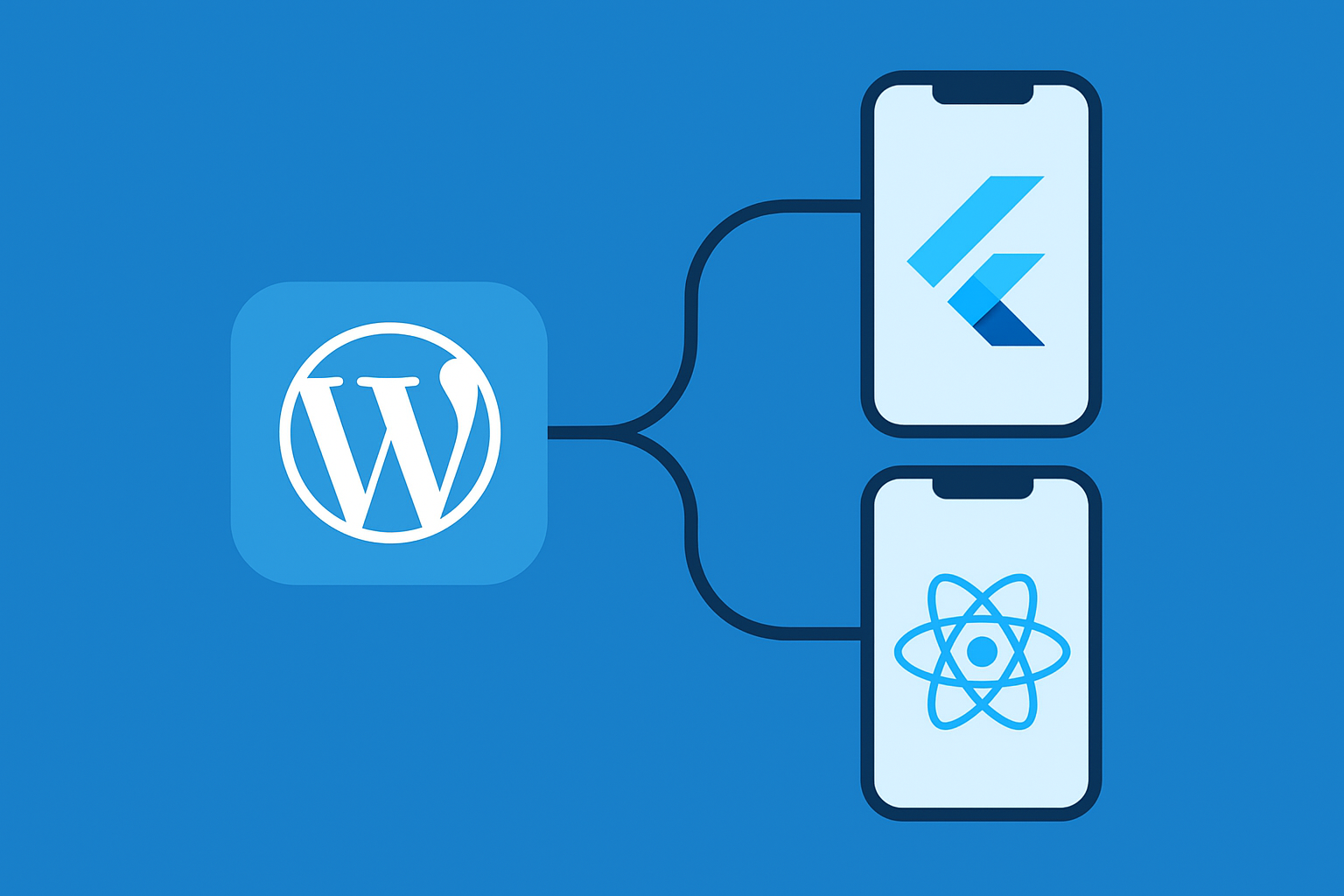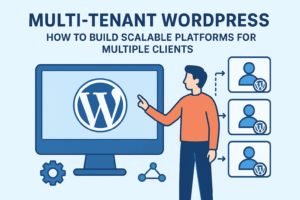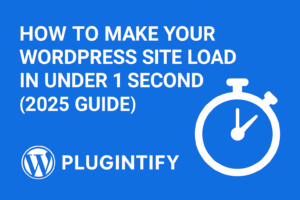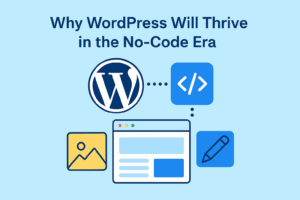How to Use WordPress as a Backend for Mobile Apps (Flutter + React Native Guide)
Did you know that your WordPress website can do more than power blogs or ecommerce stores? In fact, it can act as a robust backend for mobile apps built with Flutter or React Native. This guide explains how to turn your WordPress site into a powerful API-driven platform for your next app project.
1. Why Use WordPress as a Backend?
WordPress already manages content, users, and media — exactly what most mobile apps need. Using it as a backend saves time, reduces development costs, and allows you to manage everything from a familiar dashboard.
2. Enable the REST API
Since WordPress 4.7, the REST API is built-in. It lets you access posts, users, and custom data in JSON format. Example endpoint:
https://yourdomain.com/wp-json/wp/v2/postsFrom your Flutter or React Native app, you can fetch data easily using http or axios.
3. Handling Authentication
For secure data access (like posting comments or managing users), use JWT Authentication. It allows your mobile app to log users in and exchange secure tokens with WordPress.
4. Connecting Flutter
In Flutter, use the http package to fetch posts:
final response = await http.get(Uri.parse('https://yourdomain.com/wp-json/wp/v2/posts'));You can then parse and display the data inside a ListView or Carousel.
5. Connecting React Native
In React Native, use axios or fetch:
const posts = await axios.get('https://yourdomain.com/wp-json/wp/v2/posts');Once data is fetched, render it using components like FlatList.
6. Bonus: Real-Time Sync
Use Pusher or Firebase to sync new content instantly across mobile and web apps — giving users a seamless experience.
7. Conclusion
Using WordPress as a backend for Flutter or React Native combines the flexibility of mobile with the content power of WordPress. It’s the fastest path to build cross-platform apps without starting from scratch.
Want more developer guides like this? Visit Plugintify.com for advanced WordPress tutorials.




